Fudd Friday: Winchester 1911 SL - Was the "Widowmaker" Really Deadly?

Fudd Friday: The Winchester 1911 SL - Was the "Widowmaker" Really That Deadly?
Welcome to another edition of Fudd Friday! Today we're tackling one of the most notorious shotguns ever made: the Winchester Model 1911 SL, infamously known as the "Widowmaker." Is this reputation deserved, or is it just another tall tale from the gun shop counter? Let's rack the... well, not the charging handle (because there isn't one), and dive in!
Fudd Friday @TFB:
- Fudd Friday: Buy Baikal, "The Other B-Gun"
- Fudd Friday: Bring Back Pump-Action Rifles
- Fudd Friday: Colt's 1911 Competition Government Review
- Fudd Friday: Stevens 325 - When Bolt Actions Met .30-30
Patent Wars Create a Monster
Our story begins with a business dispute. John Moses Browning, the patron saint of gun design, had a falling out with Winchester in 1899 over royalties for his new autoloading shotgun design. Winchester, being too stubborn to pay the man properly, said "no thanks" to what would become the iconic Browning Auto-5. Browning took his design to FN in Belgium instead, creating one of the most successful shotguns in history.
Winchester, now watching their former golden boy rake in cash with FN, Remington, and Savage (who all produced variants of Browning's design), needed their own autoloader. The problem? Browning had patented virtually everything that made sense in autoloading shotgun design.
Enter T.C. Johnson, Winchester's designer tasked with creating an autoloading shotgun that wouldn't infringe on Browning's patents. Johnson reportedly quipped that "it took him nearly ten years to design an automatic shotgun which would not be an infringement on the Browning gun." The result was... interesting.
How to Make a Gun Without a Charging Handle
The primary challenge Johnson faced was the charging handle. Browning had patented the concept of a charging handle on the bolt of a shotgun, forcing Winchester to find another way.
Johnson's solution? Make shooters pull the entire barrel back to charge the weapon utilizing both the long recoil mechanism and knurling on the barrel.
Yes, you read that correctly. To load the Winchester 1911 SL, you had to:
- Point the gun in a safe direction (hopefully)
- Grab the knurled portion of the barrel
- Pull the entire barrel straight back toward the receiver
- Let it slam forward to chamber a round
Winchester's official instruction manual recommended either resting the stock against your hip with the barrel pointing away, or holding the stock with your off hand. What could possibly go wrong?
The Anatomy of a "Widowmaker"
The Model A1911 SL was a 12-gauge, five-round, long-recoil operated shotgun weighing about eight pounds. It featured:
- A 26 or 28-inch barrel with that infamous knurled charging section
- A tubular magazine
- A takedown design allowing the receiver and barrel to remain together
- Laminated wood stocks (necessary because standard wood would split from the recoil)
- Fibrous buffer rings instead of metal ones (another patent workaround)
These buffer rings would wear out quickly, allowing the gun to develop what period writers described as a "hammering recoil." Not exactly a selling point, but hey, at least it wasn't a Browning design!
So Did It Actually Kill People?
Here's where the Fudd mythology gets interesting. Despite exhaustive research, there are surprisingly few verified historical accounts of the Winchester 1911 actually killing its users as the nickname suggests.
The danger supposedly came when shells became swollen (common with old paper shells) and jammed in the chamber. Users, not knowing better, would allegedly:
- Place the butt of the gun on the ground
- Push down on the barrel (pointing the muzzle at themselves)
- Meet their maker when the gun discharged
But how many documented cases exist? Almost none that can be verified. The "Widowmaker" reputation appears to be classic gun counter lore that grew with each retelling.
A more common and documented problem was injuries to hands when operating the action. If the user forgot too push the bolt hold open button before firing the final round, they would be forced to rack the gun manually when reloading. This meant you were potentially putting your mitts on a toasty barrel. Famous gun writer Elmer Keith described a helper getting his thumb caught in the ejection port when the bolt went forward, driving the extractor through his thumbnail. Painful? Absolutely. Fatal? Not so much.
Why the Dangerous Reputation Persists
Even today, people unfamiliar with the 1911 SL's unique mechanism can get into trouble. In 2005, Oklahoma police officers were injured when one of these shotguns discharged during attempts to clear it after confiscation. But this doesn't prove the gun is inherently deadly - it proves that unusual operating mechanisms can be dangerous when users don't understand them.
By modern standards, the Model 1911 SL's charging system is completely alien. No semi-automatic shotgun made in the last 75+ years operates this way, so when people encounter one today, they're dealing with what might as well be Martian technology.
Commercial Failure, Collector's Dream
Winchester produced approximately 82,774 Model 1911 SLs between 1911 and 1925, a decent number but nowhere near the millions of Auto-5s and its variants made over nearly a century. The awkward operating mechanism, recoil issues, and that pesky reputation for being difficult to handle safely all contributed to its limited success.
Today, these shotguns are prized collector's items precisely because of their unusual design and infamous reputation. Even commercial failures can become treasured pieces of firearms history.
The Verdict: Dangerous Design or Dangerous Users?
Was the Winchester 1911 SL truly a "Widowmaker"? The evidence suggests that while it had an unusual and potentially hazardous operating mechanism by modern standards, it wasn't inherently more dangerous than other firearms of its era when handled properly.
The real issue was that it violated what we now consider basic principles of safe gun handling - namely, never point a gun at something you don't intend to destroy. The charging method practically invited users to sweep themselves with the muzzle, creating a situation where a mechanical failure or user error could have catastrophic consequences.
In the end, the Winchester 1911 SL represents both the ingenuity and folly of firearms design. It solved a patent problem but created a user problem - and in firearms, the user problem is always the more dangerous of the two.
So next time some old-timer at the gun shop starts telling you about how the Winchester "Widowmaker" decimated the population in the 1920s, you can smile knowingly and ask for specific documented cases. Just be prepared for a 20-minute story about his uncle's neighbor's cousin who "knew a guy" that it happened to.

Staff Writer: TheFirearmBlog & AllOutdoor.com | Certified Gunsmith | Published Author | Firearm History Enthusiast
More by Sam.S
















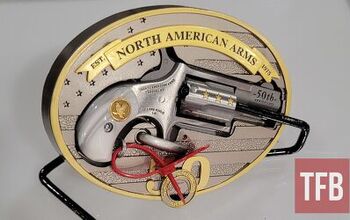

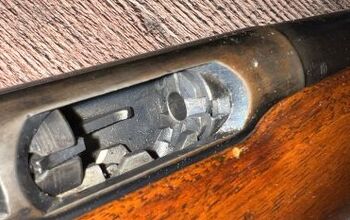

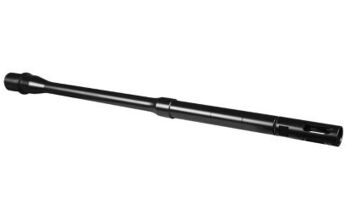
![[SHOT 2025] Prototype Firearms and Accessories of Strike Industries](https://cdn-fastly.thefirearmblog.com/media/2025/01/24/02151/shot-2025-prototype-firearms-and-accessories-of-strike-industries.jpg?size=350x220)

![[SHOT 2025] Taking a Look at the New CZ BREN 3](https://cdn-fastly.thefirearmblog.com/media/2025/01/28/10541/shot-2025-taking-a-look-at-the-new-cz-bren-3.jpg?size=350x220)
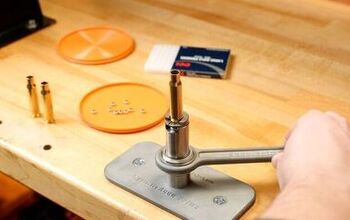


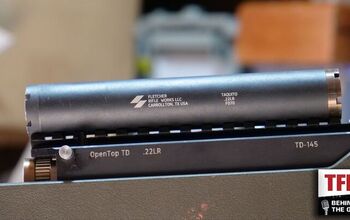


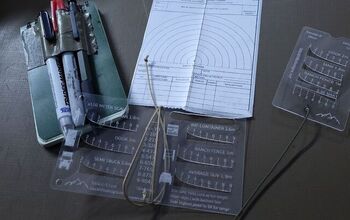
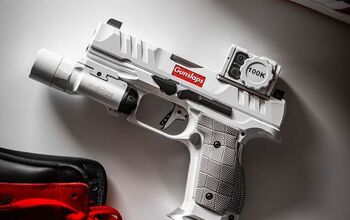
Comments
Join the conversation
Interesting post, thank you!